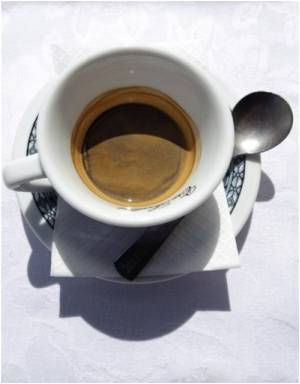
Concern has risen over recent years about the presence of this compound in foods, because of its toxic and carcinogenic effects in animals, as well as the fact that the International Agency for Research on Cancer has listed it as a possible carcinogen in humans.
Against this backdrop, the scientists used an automated analytical method to assess the presence of furan in coffee. The results, published online in the Journal Food Chemistry, reveal that higher concentrations are found in espresso (43‐146 nanograms/mililitre) than in coffee made in drip coffee makers, both in the case of normal coffee (20‐78 ng/ml) and decaffeinated coffee (14‐65 ng/ml).
The levels of these toxic products were "slightly lower" (12‐35 ng/ml) in instant coffee, but a great deal higher in those made from the capsules of a well-known brand, which showed up higher levels (117‐244 ng/ml).
"The reason for these higher levels is due to the fact that hermetically-sealed capsules prevent furan, which is highly volatile, from being released, while the coffee makers used to brew this coffee use hot water at higher pressures, which leads to the compound being extracted into the drink", says Javier Santos. The longer that coffee is exposed to the air in cups or jugs, meanwhile, the more the furan evaporates.
Different values, but not dangerous
Advertisement
In order for furan ingestion to exceed the maximum acceptable values, a person would have to drink at least 20 cups of capsule coffee or 30 espressos per day (for the brands with the highest furan content), or 200 instant coffees. These estimates were made on the basis of 40 ml cups and an average body weight for coffee drinkers of around 70 Kg.
Advertisement
Furan, like acrylamide, is one of a group of carcinogenic substances that can form when foods and drinks are subject to heat treatment. They are the result of a reaction, known as the Maillard reaction, between carbohydrates, unsaturated fatty acids and ascorbic acids or its derivatives.
Source-Eurekalert











